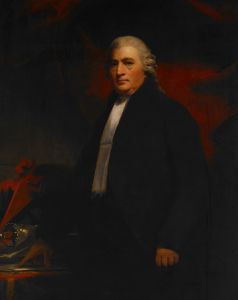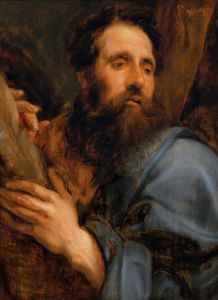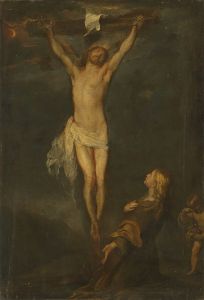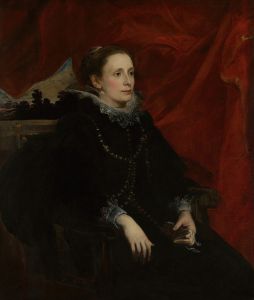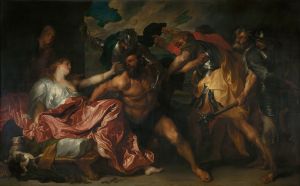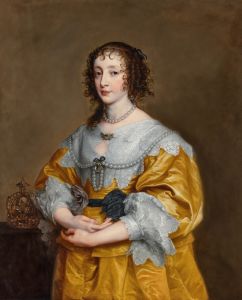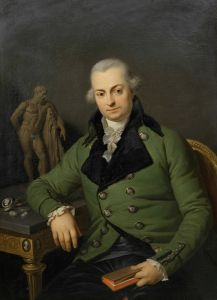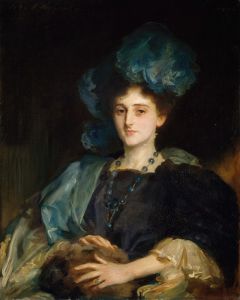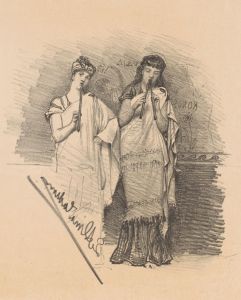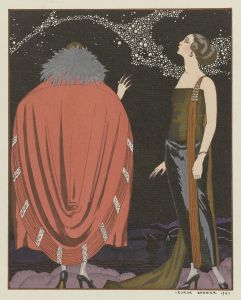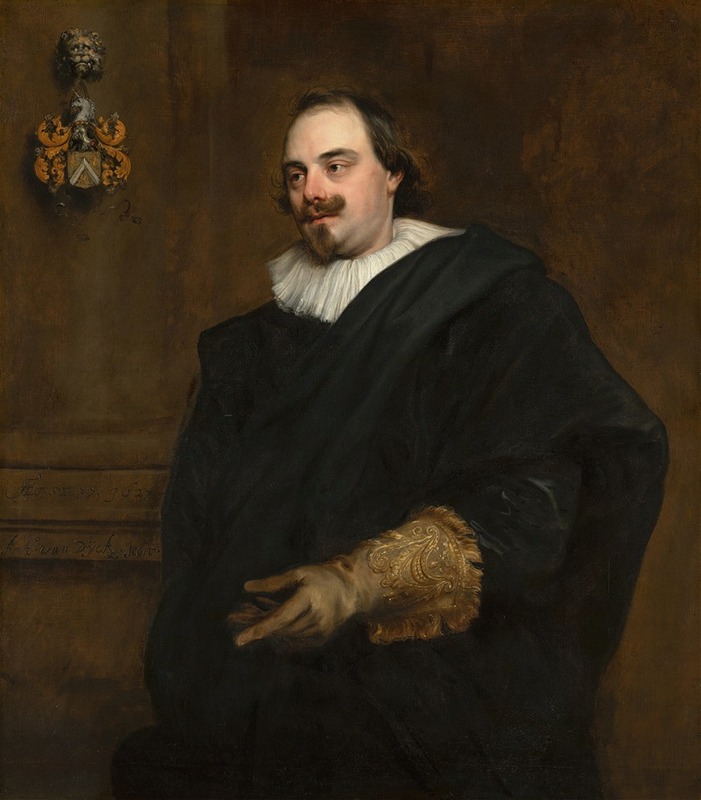
Portrait of Peeter Stevens
A hand-painted replica of Anthony van Dyck’s masterpiece Portrait of Peeter Stevens, meticulously crafted by professional artists to capture the true essence of the original. Each piece is created with museum-quality canvas and rare mineral pigments, carefully painted by experienced artists with delicate brushstrokes and rich, layered colors to perfectly recreate the texture of the original artwork. Unlike machine-printed reproductions, this hand-painted version brings the painting to life, infused with the artist’s emotions and skill in every stroke. Whether for personal collection or home decoration, it instantly elevates the artistic atmosphere of any space.
"Portrait of Peeter Stevens" is a notable work by the renowned Flemish Baroque artist Anthony van Dyck. Painted around 1627, this portrait exemplifies van Dyck's exceptional skill in capturing the likeness and character of his sitters, a talent that earned him a prominent place among the leading portraitists of his time.
Anthony van Dyck was born in Antwerp in 1599 and became one of the most influential painters of the 17th century. He was a prominent figure in the Flemish Baroque movement and is best known for his portraits of the aristocracy and royalty. Van Dyck's style is characterized by its elegance, attention to detail, and the ability to convey the personality and status of his subjects.
Peeter Stevens, the subject of this portrait, was a wealthy merchant and a notable figure in Antwerp. The painting captures Stevens in a dignified pose, reflecting his social status and personal wealth. Van Dyck's ability to portray the subtleties of character and status is evident in this work, as he uses a combination of pose, expression, and attire to convey the sitter's prominence.
The portrait is executed with van Dyck's typical finesse, showcasing his mastery of oil paint. The use of light and shadow is particularly effective, adding depth and dimension to the figure. The background is kept relatively simple, ensuring that the focus remains on the sitter. Van Dyck's attention to detail is evident in the rendering of the textures of Stevens' clothing and the careful depiction of his facial features.
Van Dyck's portraits are often noted for their psychological depth, and "Portrait of Peeter Stevens" is no exception. The sitter's gaze is direct and engaging, inviting the viewer to consider the personality and life of the man depicted. This ability to capture the essence of his subjects is one of the reasons van Dyck's portraits have remained highly regarded over the centuries.
The painting is part of a larger body of work that van Dyck produced during his time in Antwerp, before he moved to England to become the principal court painter to King Charles I. His work in Antwerp helped establish his reputation and paved the way for his later success in England.
Today, "Portrait of Peeter Stevens" is held in a private collection, but it has been exhibited in various museums and galleries, allowing the public to appreciate van Dyck's artistry. The painting is an excellent example of van Dyck's ability to combine technical skill with a deep understanding of his subjects, making it a valuable piece of art history.
In summary, "Portrait of Peeter Stevens" is a testament to Anthony van Dyck's prowess as a portraitist. Through his skillful use of composition, light, and detail, van Dyck not only captures the likeness of Peeter Stevens but also offers a glimpse into the character and status of the sitter, solidifying the painting's place in the canon of Baroque portraiture.







